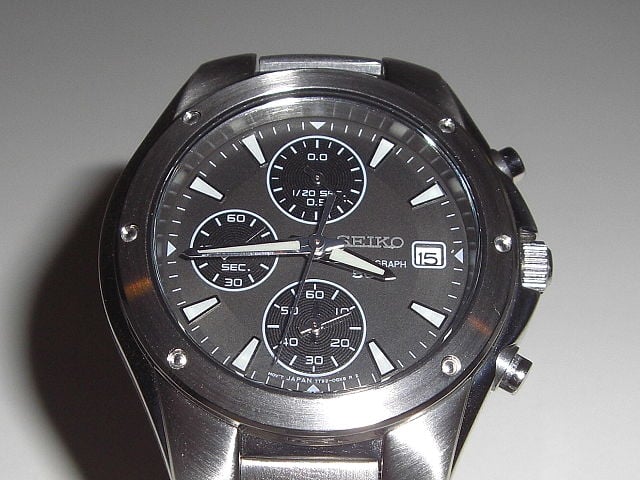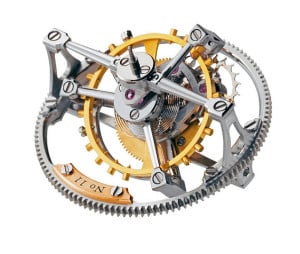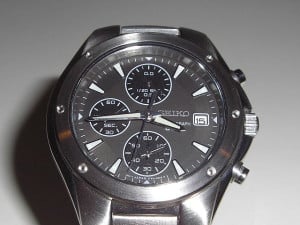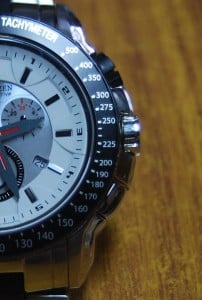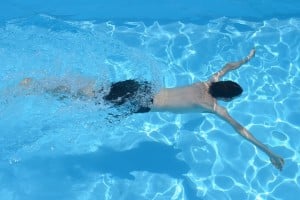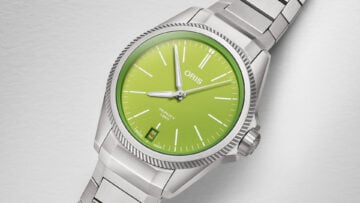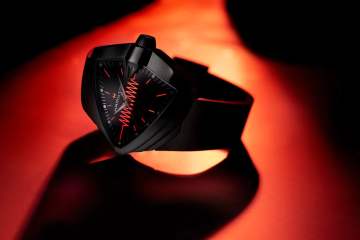If you didn’t love your watches you wouldn’t be on this website, but if you’re like most watch lovers you probably don’t understand a lot of the features on your watches. In fact, 70% of watch owners don’t know everything about the watch they are wearing – and that 70% probably includes you!
There are many watch features which most watch owners know nothing about, apart from whether or not their watch includes one! This doesn’t just apply to the ultra-technical smartwatches either, many of these are features found in most wristwatches.
Complication
Many top watches pride themselves on offering a large number of complications, but most people would not actually be able to tell you what a complication is. Ironically, a complication is actually one of the most simple watch features to explain, A complication is any feature which does something other than tell you the time and date. One of the most sought after complications is the tourbillon, which is the most difficult and expensive complication to make.
Chronograph
A chronograph is probably the most popular complication you can find in today’s watches. If you are unaware of what a chronograph actually is, it might be a surprise to find that it’s basically just a fancy word for a stopwatch! A basic chronograph has a separate hand which is specifically used for the stopwatch function. If you buy a more advanced chronograph you will find additional hands which measure other time units, too.
Chronometer
A chronometer is a timepiece which has been tested to ensure that it meets specific precision standards. Swiss watches must be certified by the Contrôle Officiel Suisse des Chronomètres in order to be classified as a chronometer. Swiss chronometers must pass 15 days of rigorous tests in 5 different positions at fluctuating temperatures.
Other countries may have an equivalent body who certify watches to the same standard (for example, the Japan Chronometer Inspection Institute). However, some institutes have not always been as strict in terms of the standard of watches they certify. If you are buying a chronometer from outside of Japan then it is worth doing a bit of digging to find out what tests were undertaken to certify it as a chronometer.
Tachymeter
In terms of visible watch features, this is one many of us have noticed inscribed on at least one watch we own, but do you know what it is for? Don’t worry if you don’t – you’re certainly not in the minority!
A tachymeter is the scale inscribed around the rim of a watch and it can be used to measure lots of things. The main thing which a tachymeter is used for is to measure the speed it takes to travel a particular distance.
To calculate your own speed you would start your chronometer when you are travelling a specified distance then stop it when you reach the destination. If you have travelled a mile or a kilometre then it is easy to calculate your speed (look at the number on the tachymeter that the hand is pointing to, if it’s 75 then it is 75mph or 75km/h) otherwise you will have to do a bit of maths to work it out!
You can also measure distance, gas consumption and many other things using your tachymeter.
Water Resistance
One of the biggest mistakes many watch owners make is to assume that water resistance actually means water proof – it doesn’t! Another big mistake is to consider that water resistance to 100 meters, for example, actually means it can handle being taken to a depth of 100 meters – it doesn’t!
This table (which can also be found in our blog on the 11 Most Important Aspects of Buying a New Watch) explains how the water resistance ratings for watches works.
| Water resistance rating | Suitability | Remarks |
| Water Resistant 3 ATM or 30 m | Suitable for everyday use. Splash/rain resistant. NOT suitable for showering, bathing, swimming, snorkelling, water related work and fishing. | NOT suitable for diving. |
| Water Resistant 5 ATM or 50 m | Suitable for swimming, white water rafting, non-snorkeling water related work, and fishing. | NOT suitable for diving. |
| Water Resistant 10 ATM or 100 m | Suitable for recreational surfing, swimming, snorkeling, sailing and water sports. | NOT suitable for diving. |
| Water Resistant 20 ATM or 200 m | Suitable for professional marine activity, serious surface water sports and skin diving. | Suitable for skin diving. |
| Diver’s 100 m | Minimum ISO standard (ISO 6425) for scuba diving at depths NOT suitable forsaturation diving. | Diver’s 100 m and 150 m watches are generally old(er) watches. |
| Diver’s 200 m or 300 m | Suitable for scuba diving at depths NOT suitable for saturation diving. | Typical ratings for contemporary diver’s watches. |
| Diver’s 300+ m for mixed-gas diving | Suitable for saturation diving (helium enriched environment). | Watches designed for mixed-gas diving will have the DIVER’S WATCH L M FOR MIXED-GAS DIVING additional marking to point this out. |
Source: wikipedia.org
Make sure that you double check what your watch is able to handle before you take it under water. You don’t want to damage your lovely new watch by taking it swimming when the water resistance rating clearly states it’s a watch which like to swim!
Conclusion
By now you have probably learned some things about your watch which you never knew before. Now a watch complication will no longer seem so complicated and a chronograph will no longer just be a fancy word! Enjoy being one of the few people who understand these watch features and enjoy making use of them on your watch!
Images: Greubel Forsey, Omnicloud, Premkudva

